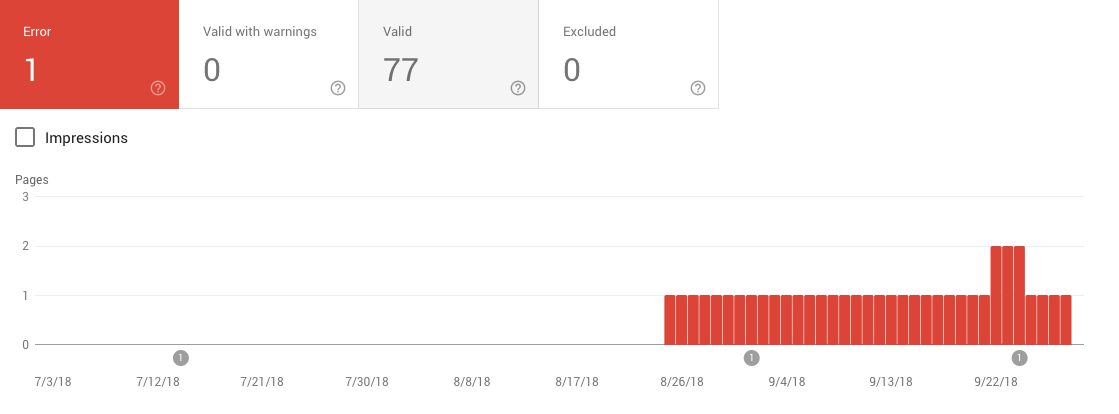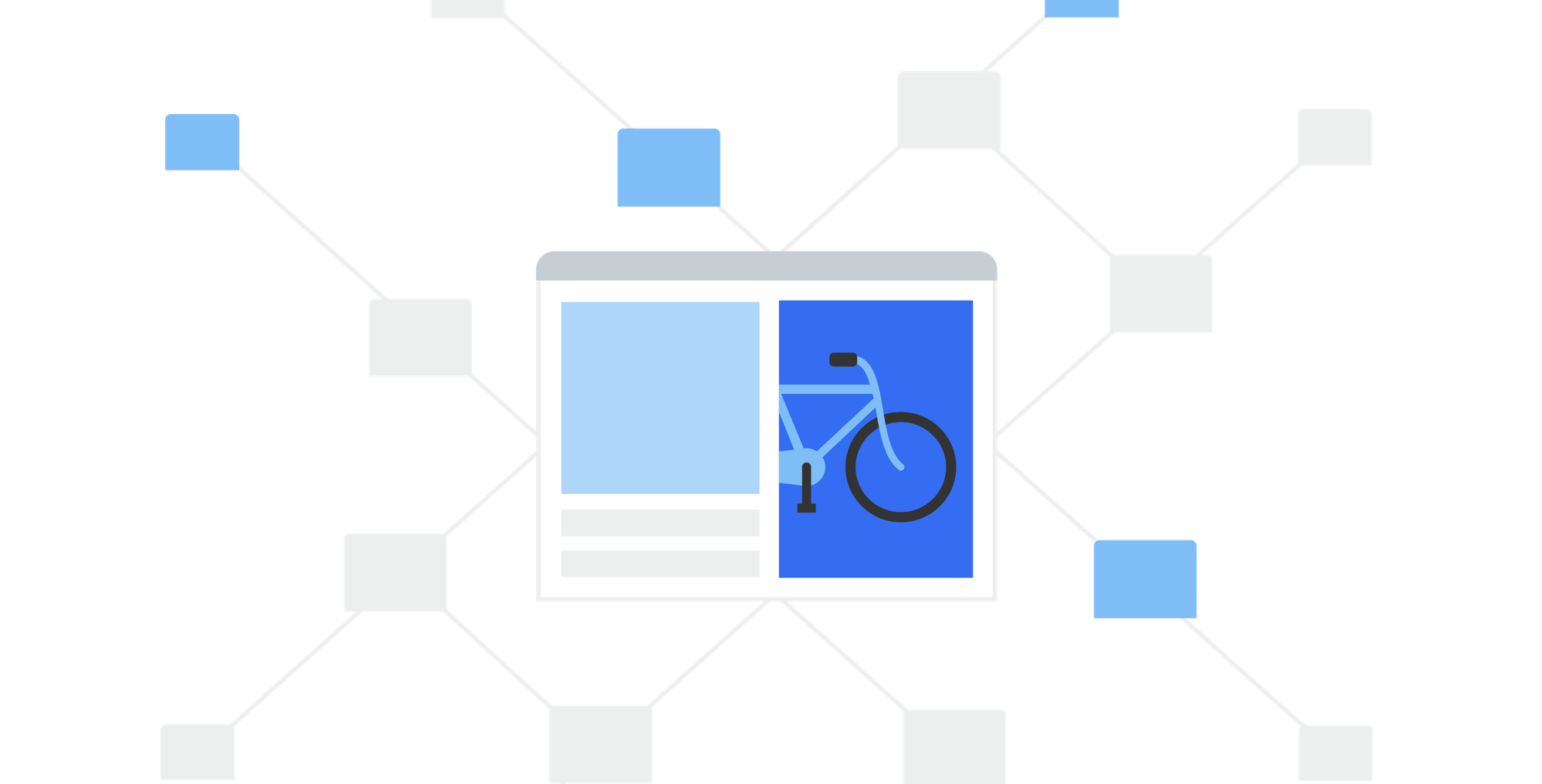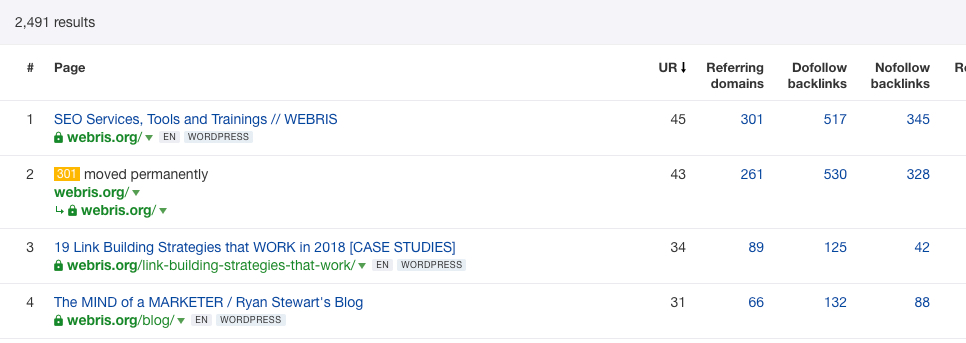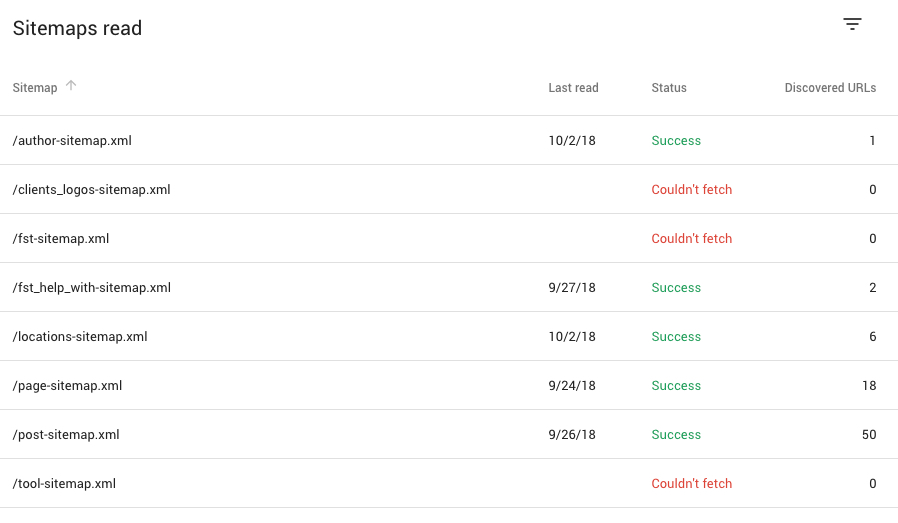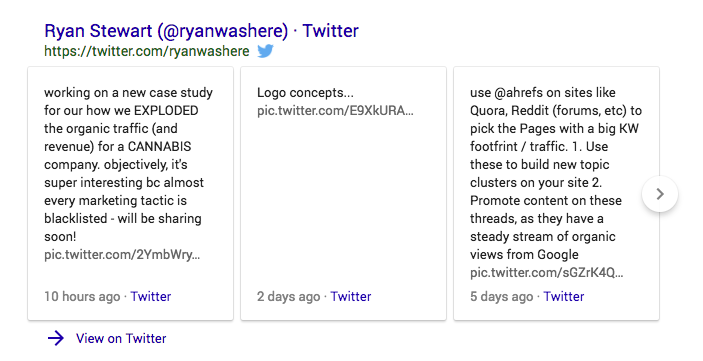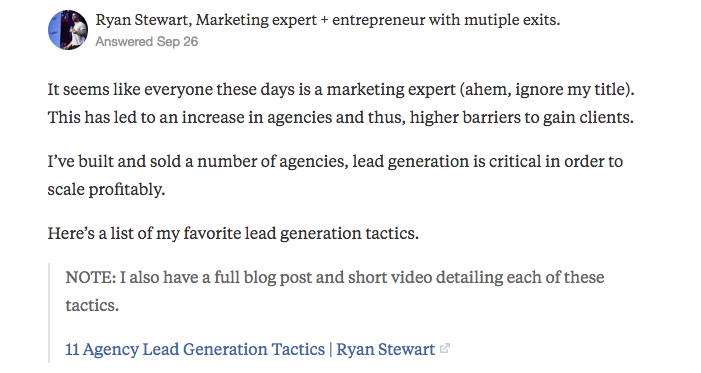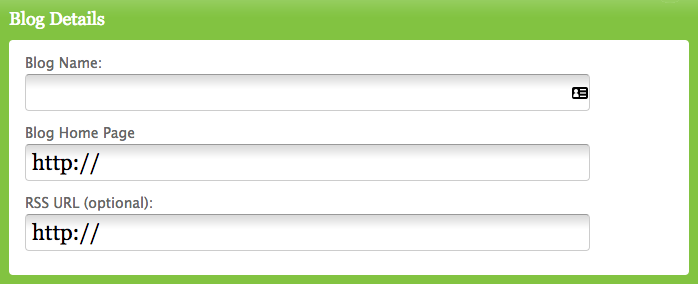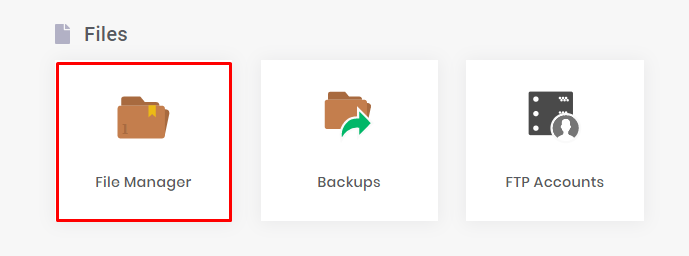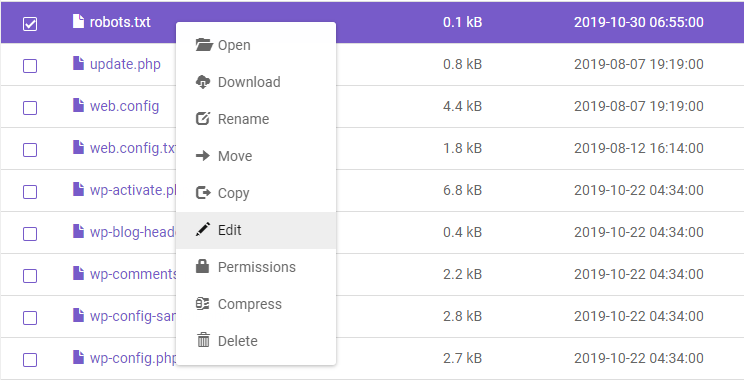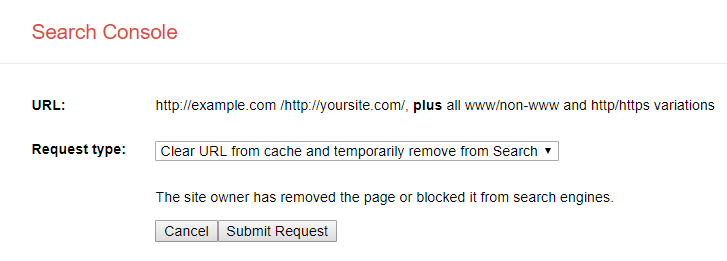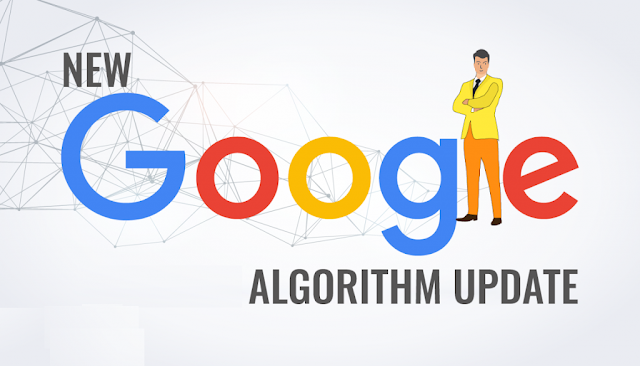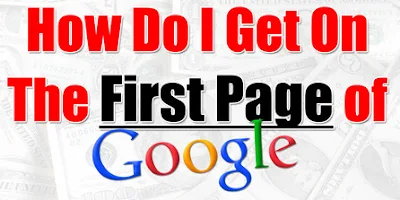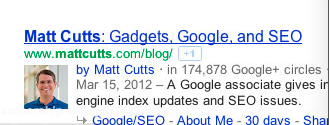If you are seeking for a list of free high domain authority DoFollow directory submission sites in 2021-22, you are on the most suitable platform.
In this article, we are going to share a list of top free directory submission sites where you can create quality backlinks for your web pages.
Directory submission sites are one of the traditional ways to build quality backlinks, pointing to your web pages to increase your ranking in various search engines.
Nowadays, some digital marketers and SEO folks assume directory submission websites do not affect the ranking of a website in search engines as well as domain authority.
It's completely wrong. Directory submission sites still work if you do it prospectively.
Many bloggers and webmasters are getting high ranks in search engines and increasing their organic reach by submitting their web pages to web directories.
You can further improve your search ranking quickly by creating high-quality backlinks from dofollow directory submission sites.
If you are seeking for a list of free high DA DoFollow directory submission sites in 2021, you are on the best platform.
In this article, we are going to give a list of top free directory submission sites where you can create quality backlinks for your website.
Directory submission sites are one of the traditional ways to build quality backlinks, pointing to your web pages to increase your ranking in various search engines.
Nowadays, some SEO experts and webmasters assume directory submission websites do not affect your search ranking as well as domain authority.
It's completely wrong. Directory submission sites still work if you do it prospectively.
Many bloggers and webmasters are getting high ranks in search engines and increasing their organic reach by submitting their web pages to web directories.
You can further improve your search ranking quickly by creating high-quality backlinks from dofollow directory submission sites.
What is Directory Submission?
Directory submission is a method of submitting web pages to different web directories in a specific category to get high-quality backlinks to your web pages.
Directory submission is a part of off-page SEO. Using high DA directory submission sites, you can increase your website's domain authority as well as organic ranking in search engines.
How to Submit Your Web Pages to Directory Submission Sites?
You must have to follow some instructions while submitting your web pages to web directories to get better results in search engine results pages in 2021.
The directory submission process takes some time to be approved, so be patient.
Try to find the dofollow directory submission sites whenever you begin a link building campaign for a blog or website.
Using given guidance, you can instantly increase your organic traffic in 2021. These points also help you improve your domain authority.
You must have to check the domain authority and page authority of a directory website where you are going to submit a web page.
Ever try to submit your web pages to high domain authority web directories.
Never submit your web pages to low domain authority web directories; otherwise, you can drop your search ranking as well as domain authority of your website.
What are the High DA Directory Submission Sites?
High DA directory submission sites are those sites that have a high amount of domain authority granted by MOZ to measure the influence and trust value of a domain name.
What are DoFollow Directory Submission Sites?
DoFollow directory submission sites enable search engines to follow a web site's link to crawl and rank.
Dofollow backlinks are helpful to rank higher in various search engines and to improve the crawl frequency.
List Free High DA DoFollow Directory Submission Sites 2021
Now we are going to give a list of top free high DA DoFollow directory submission sites.
On those websites, you can create high-quality backlinks to rank your keywords in various search engines fast in 2021.
Have a look at some top directory submission sites:
- FreeAdsTime.org
- H1ad.com
- GiganticList.com
- ClassifiedsFactor.com
- WallClassifieds.com
- FinderMaster.com
- AdvertiseEra.com
- RectangleAd.com
- Clickooz.com
- Xoocal.com
- SuperAdPost.com
- Articles.H1ad.com
- Blog.GiganticList.com
- Story.WallClassifieds.com
- Article.ClassifiedsFactor.com
- dmoz-odp.org
- yelp.com
- jasminedirectory.com
- bing.com/maps
- hotfrog.com
- elocal.com
- usalistingdirectory.com
- highrankdirectory.com
- dizila.com
- thewebdirectory.org
- somuch.com
- entireweb.com
- a1webdirectory.org
- abc-directory.com
- urldirecting.com

